Cycling in the snow and ice is tricky. With only two wheels and your balance to keep you upright, it’s easy to slip and injure yourself. Cold conditions also call for careful preparation to ensure you’re safe and comfortable when out riding.
Riding in snow and ice doesn’t have to be a no-no, though. Once you’re layered up for winter cycling, it can be one of the most enjoyable and rewarding riding experiences.
In this guide, we explain the essential tips for cycling in the snow and ice, as well as changes you can make to your bike for the conditions.
- Read more: The complete guide to winter road cycling
Tips for cycling in snow and ice
1. Check the weather

Keep an eye on the forecast before you head out, to see if the temperature is expected to be close to or below zero, which is when you can expect ice to form on untreated roads. Windchill isn’t your friend, either, so check the wind speed and direction.
2. Tell someone where you’re going

If you’re heading out in icy or snowy conditions, let someone know where you’re going and when you’ll be back, particularly if you’re planning a ride somewhere more remote.
If something does go wrong and you have to stop, hypothermia can set in quickly if you’re dressed to exercise. A good winter cycling jacket and a pair of cycling gloves are essentials, while it’s also good sense to carry a survival bag if you’re heading into the wilds.
The distress alert and track me features available on most cycling computers and cycling watches can help here, if you have your phone with you and are riding somewhere with decent mobile reception.
3. Choose your route
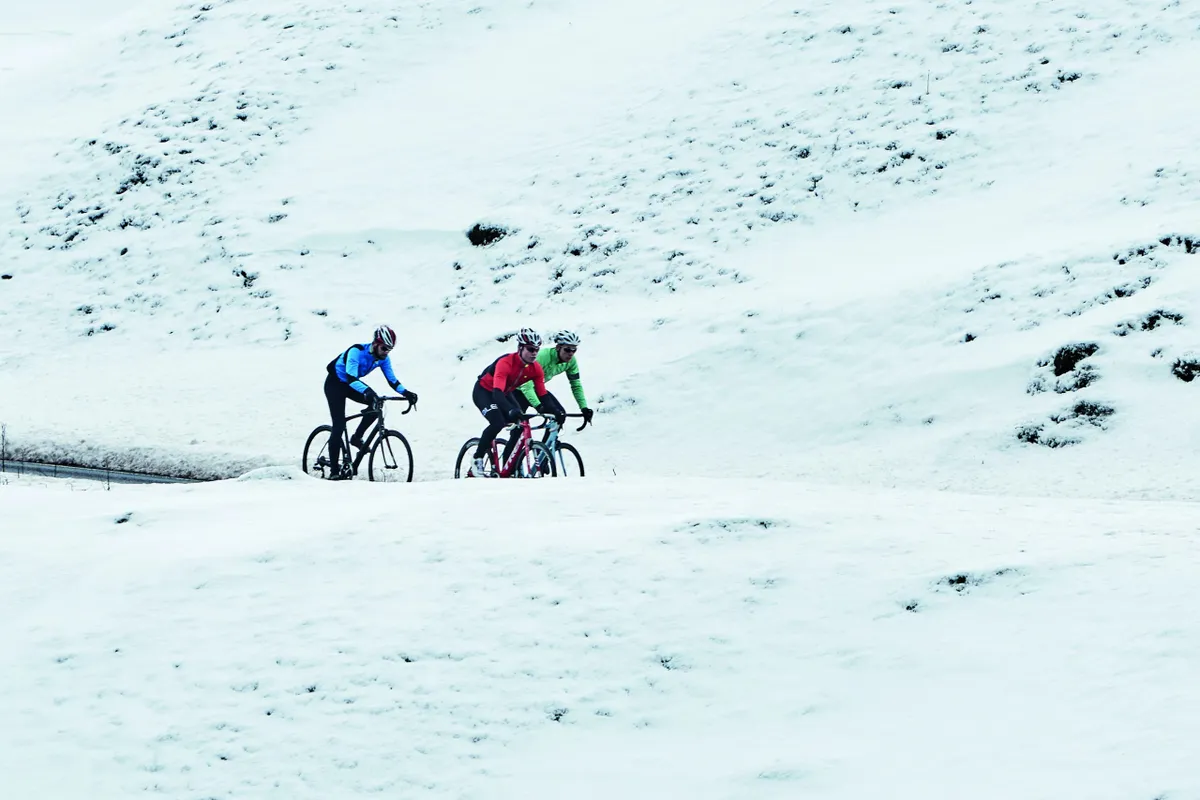
If you’re heading out in icy conditions, it may be safer to choose a road that has more traffic, rather than side roads that are nicer when the weather is better. Main roads are more likely to have been gritted and the passage of vehicles will help to keep ice off the surface. Look out when making turns onto side roads, which may not be clear of ice or snow.
Be especially careful not to carry too much speed on descents. Turns can have icy patches quite far out into the road, they may be overshadowed and the bottom of a hill is usually colder than the top – and therefore more likely to be icy.
Consider truncating your ride or doing loops closer to home if the conditions are iffy.
4. Anticipate
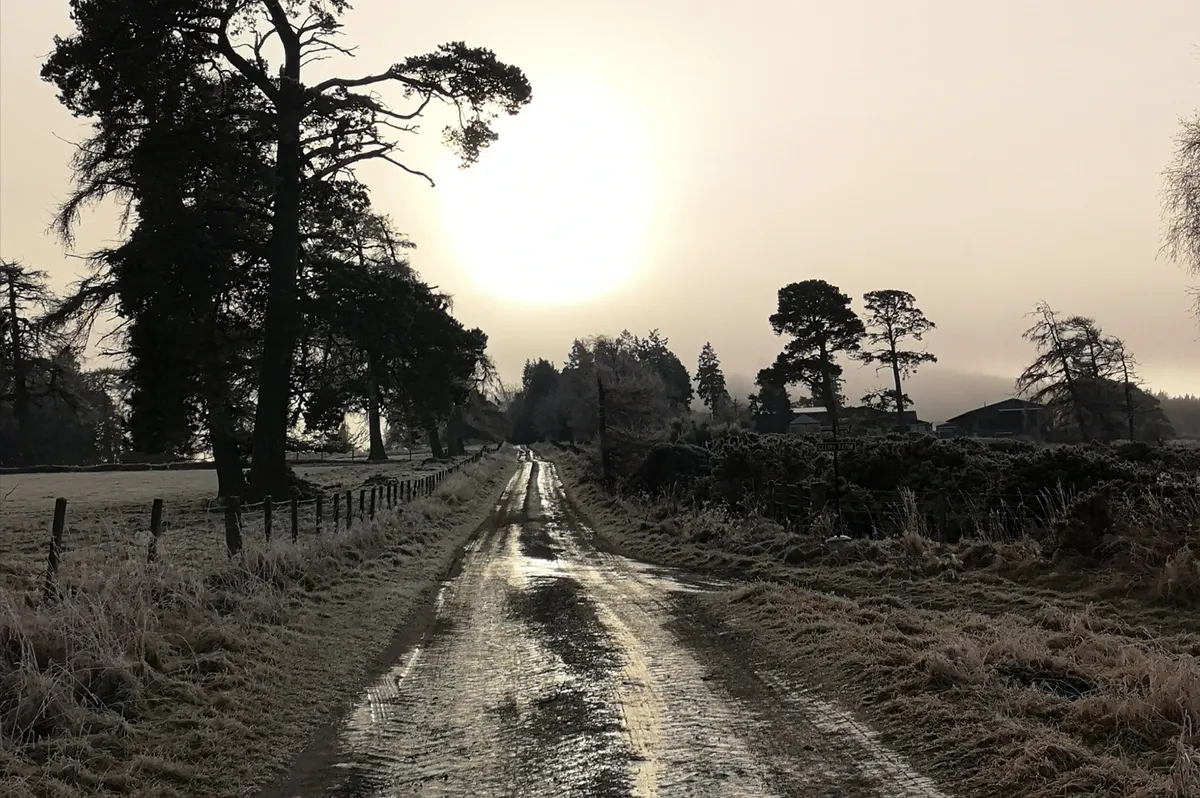
When riding, try to anticipate what’s ahead. If there’s obvious ice or compacted snow on the road or trail, slow down before you get to it and try to take a straight line through without braking. Be ready to dab a foot if you need to, or to walk if it’s slippery.
Beware of off-camber ice or packed snow, which will increase the tendency for your tyres to lose grip and slide out from under you.
If you can avoid riding over ice or snow, do so.
Look out for areas that are in the shade, or may have been earlier in the day, because ice is more likely to form here.
5. Ride slowly and assertively
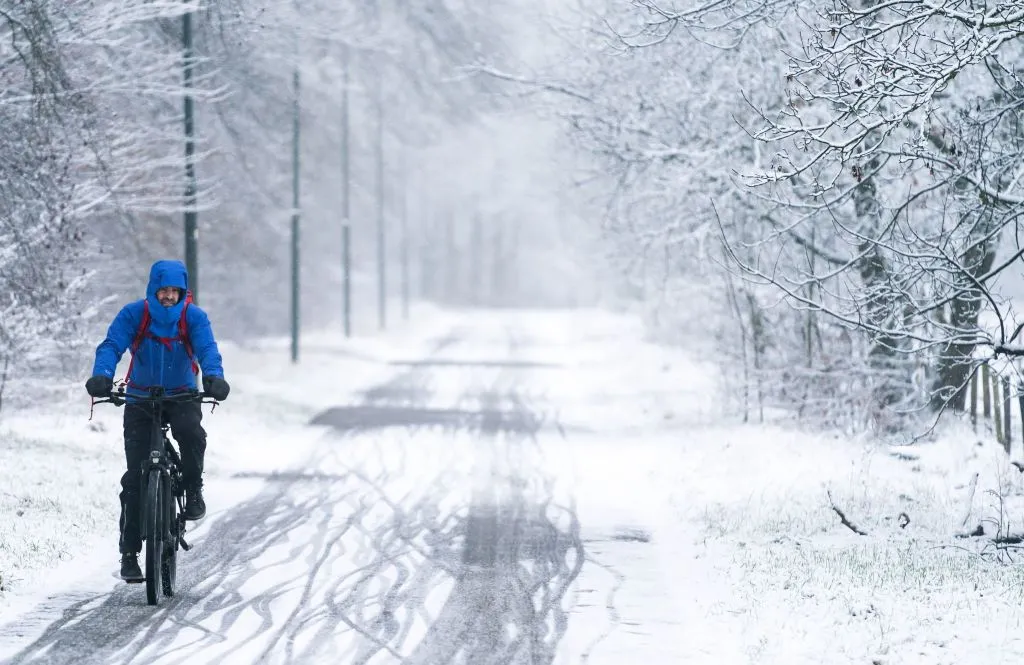
A sub-zero ride isn’t the time to try to set a personal best. Ride carefully, look out for ice or obstacles and be prepared to slow down to get across them.
Use your brakes gently and focus more on your rear than your front wheel, because it’s easier to correct a rear-wheel slide.
Don’t ride in the gutter. Other vehicles will usually have made tracks further out in the road, which are more likely to be snow and ice-free. In contrast, the edges of the road may still be frozen, or if not they’ll be wet.
So try to ride where cars and other vehicles have passed. Also take care at junctions with untreated roads, where snow may form a tail out onto a more major road. Even cars leaving driveways may have deposited snow on the road.
The only exception is snowy, untreated minor roads, where the snow further out may have been compacted by vehicles, while the edges (or the centre) of the road may offer more grip if you have treaded tyres. Look out for places where vehicles have turned on and off the road, and may have compacted the snow, making it slippery.
It’s similar off-road, where you’ll want to choose a line that hasn’t been compacted too heavily by other trail users or turned icy, to ensure your tyres get the grip you need.
6. Take to the turbo

Although riding outdoors can be invigorating if you’ve been stuck indoors all week, a cold, icy day may not be the best for a ride.
If the conditions look iffy, it might be a good moment to dust off the smart trainer and ride indoors. There’s something gratifying about riding in shorts and a summer baselayer in the depths of winter and still being too hot.
7. Prep your bike
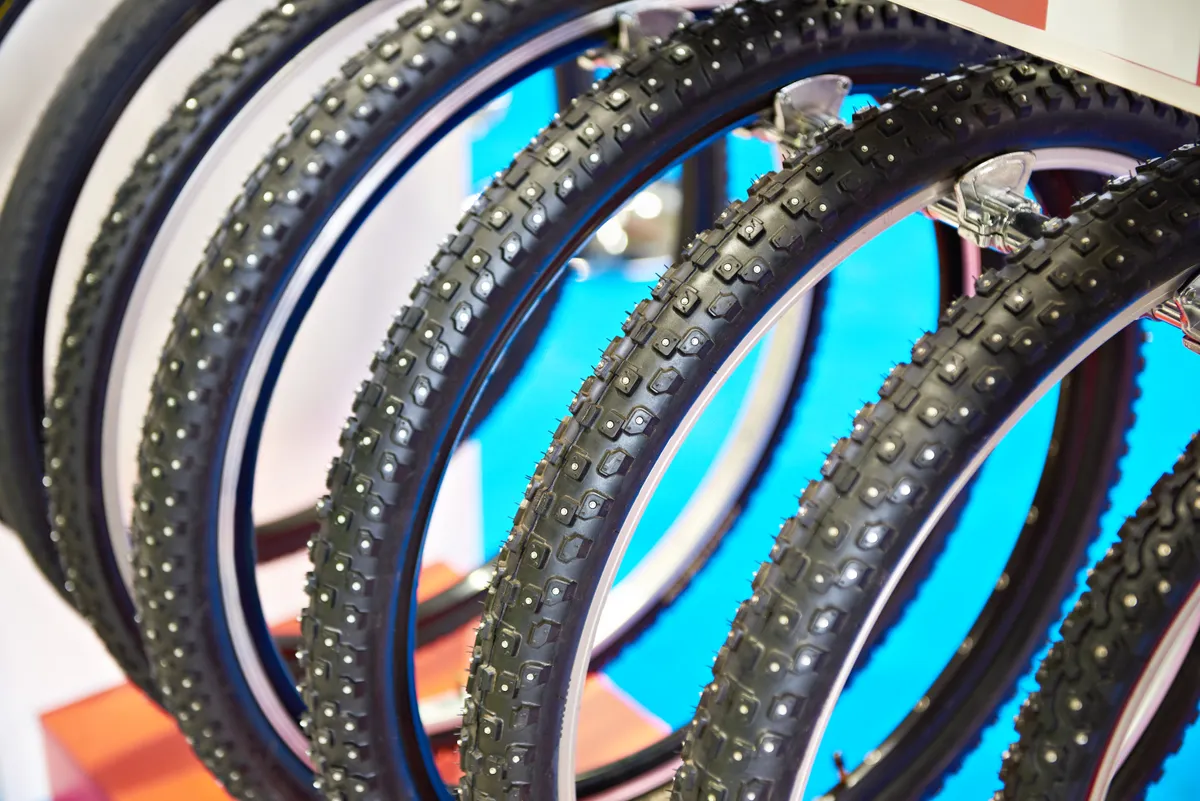
Preparing your road bike, mountain bike or gravel bike for icy conditions will help you stay safe and make the most of cycling in winter.
One point to consider is tyre choice. On soft snow, a tyre with a tread will help you keep moving, although it might not add much if it’s icy. A wider tyre will usually add more grip than a narrower one.
If you’re riding often in hard-packed snow and ice, you can buy studded tyres, which cut into the surface. The downside is they’re quite expensive, heavy and have limited application.
Lower tyre pressures will up your grip too, so let some air out of your tyres. Tubeless tyres can be run at lower pressures than tubed ones, without the danger of a pinch flat. If you’re riding on soft snow, this will provide a cushion from the ground, so you can drop pressure even more.
Much like mud, snow can sometimes stick to tyres and even clog your frame and stop your wheels from turning or ice up rim brakes. Adequate clearance is important and you might want to consider removing mudguards if the conditions aren’t slushy. The last thing you want on a cold day is to have to constantly stop to clear your frame.
8. Lower your saddle
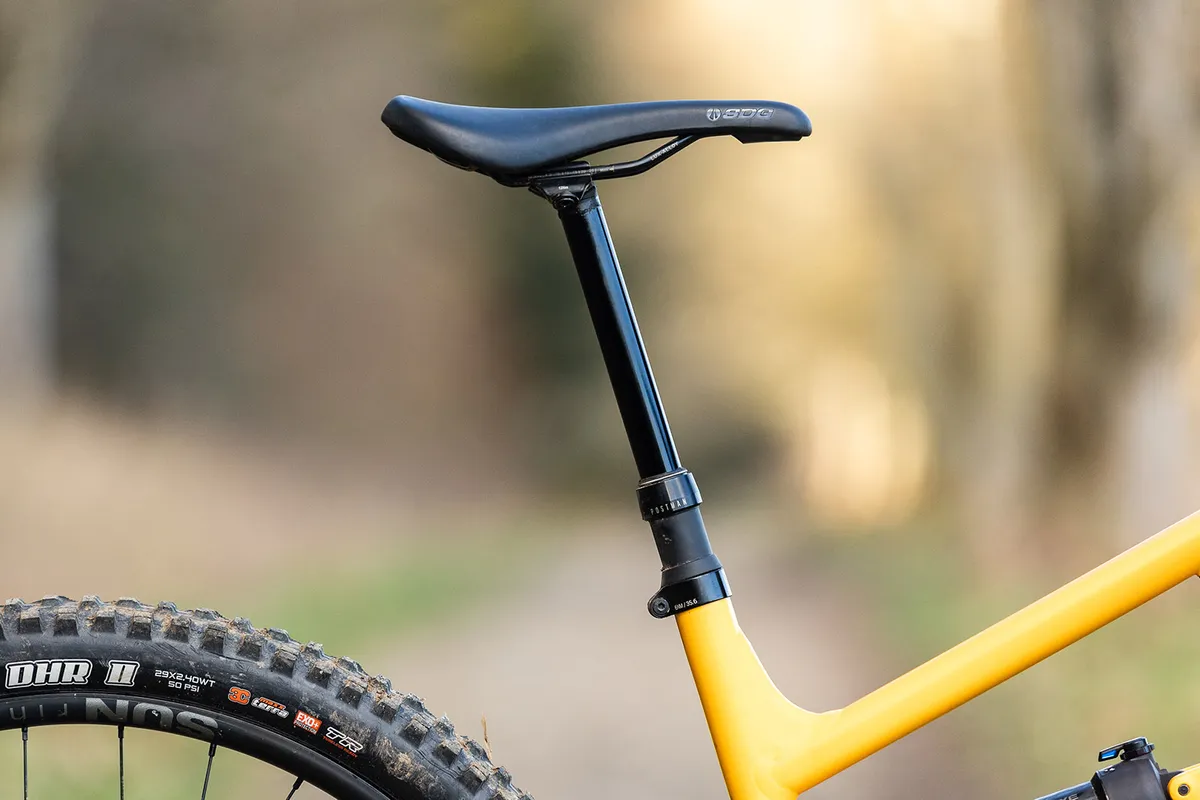
Dropping your saddle a little may help when riding in snow or ice. It will lower your centre of mass and also make it easier to put a foot down if your bike slides. Mountain bikers are well served here, thanks to many of the best mountain bikes coming with dropper posts.
9. Swap your pedals and shoes
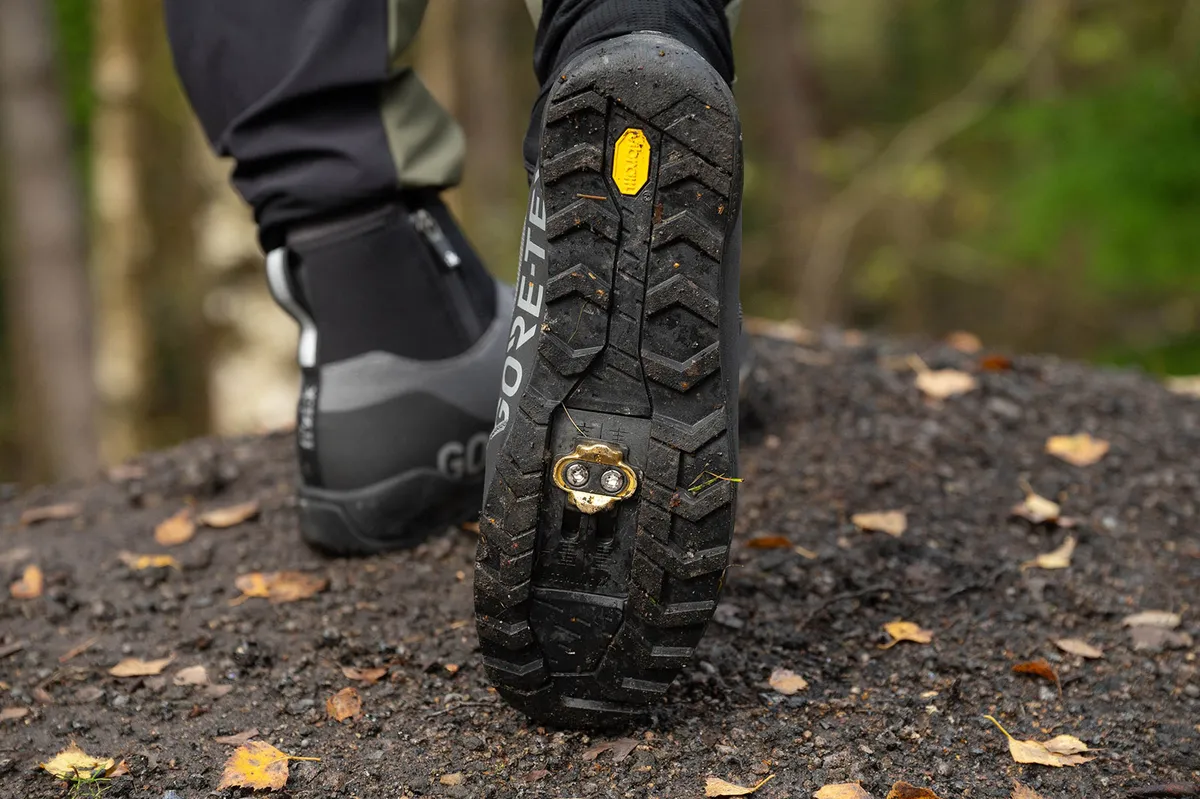
It’s worth considering a swap of pedals (and the accompanying cycling shoes) for riding in the cold.
If you ride with clipless pedals, a set of double-sided mountain bike pedals is a lot easier to clip into and out of than single-sided SPD-SL-type pedals. You can lower the release tension too, to help you get a foot down if needed.
Riding with flat pedals is even better when it’s icy, but there’s less choice of well-insulated footwear unless you revert to hiking boots or use winter cycling shoes without fitting cleats.
SPD and flat pedal shoes have the added benefit of grips on the soles, so you’re less likely to skid on icy surfaces if you have to put a foot down or when you’re off the bike. Coffee stop floors are also often wet and slippery in the winter.
10. Break out the gravel or mountain bike
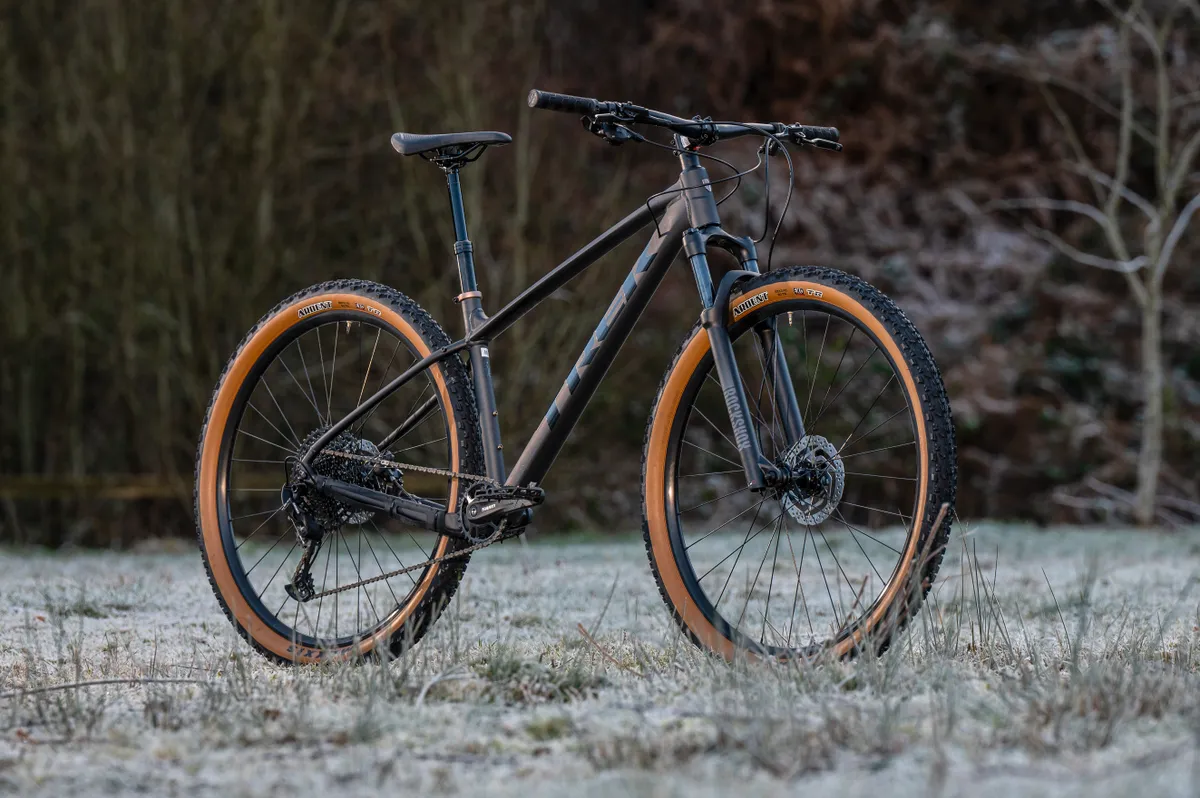
Even if you have a dedicated winter road bike, cold days are a good time to head off-road, on a mountain or gravel bike.
You're less likely to encounter slippery surfaces off-road. If it has snowed, the snow off-road is less likely to be compacted, while if it’s icy the surface is likely to afford more grip. It’s easier to spot iced-up puddles too; if they’ve got a coating of snow, they’re usually okay to ride over.
A gravel bike or mountain bike will provide more grip on tarmac as well.
Fat bikes are another great choice, having originally been designed for snowy and icy conditions.
11. Ride with lights
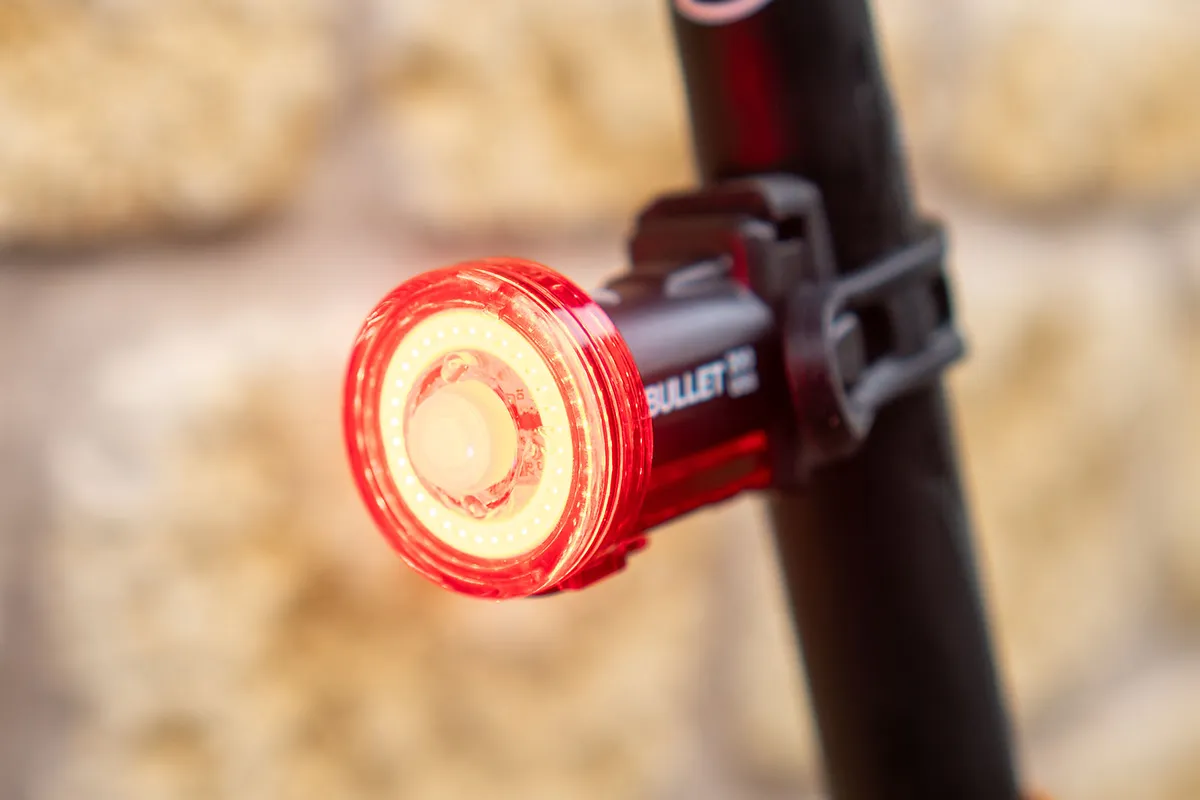
We’d advise using front and rear bike lights to up your visibility whenever you ride, but it’s particularly important in winter when the sun is low in the sky and can dazzle other road users. Add snow to the equation and drivers’ visibility through a windscreen can be even worse.
With short winter days, you’re also more likely to be riding towards dawn or dusk, when lights are essential.
12. Use a thermal water bottle
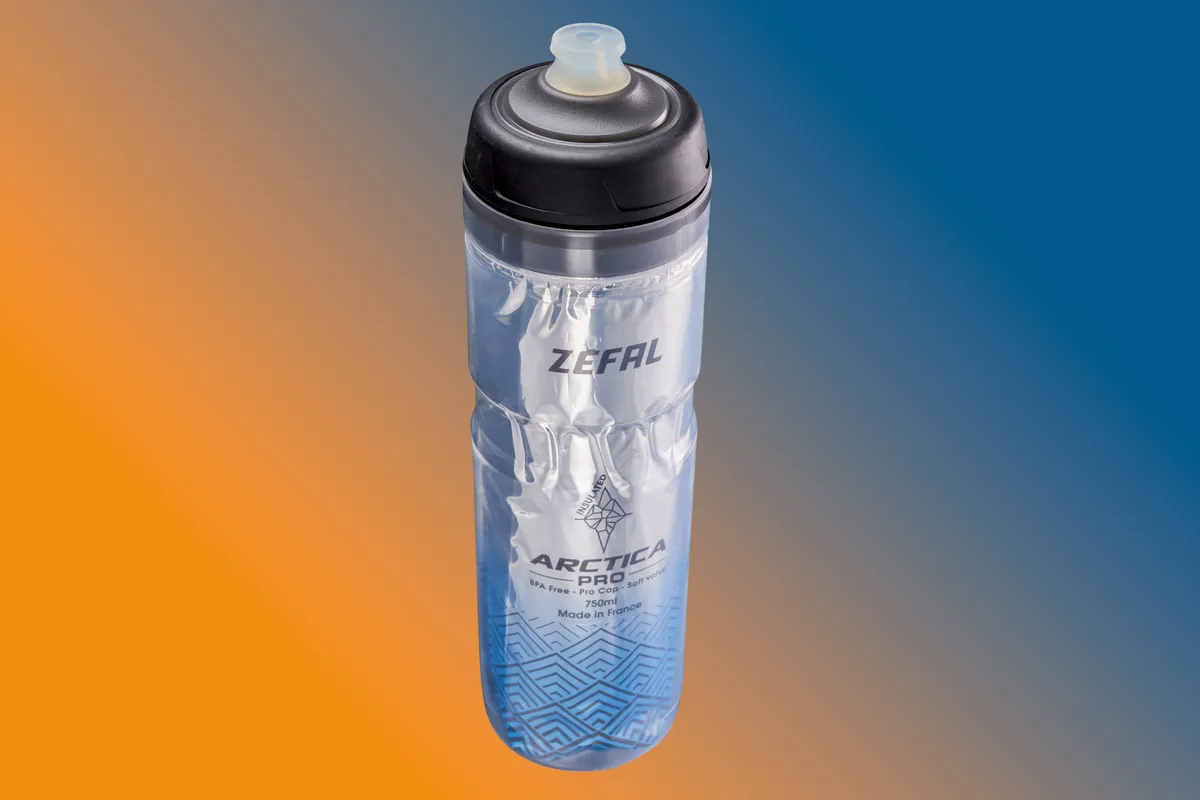
On longer rides in sub-zero temperatures, water in a bottle can freeze. Even if it’s cold, you still need to drink, so consider investing in insulated bottles.
Although they’re not immune to freezing, the contents of an insulated bottle filled to the brim will usually stay warm for a couple of hours. Once you start to drink from it, the liquid will slosh around though, which accelerates cooling.
The ultimate is a vacuum bottle, although this will be rigid and more difficult to drink from while pedalling than a squidgy insulated bottle.
13. Clean your bike

Once you’re home from cycling in snow and ice, it’s a good idea to clean your bike. Damp conditions can quickly play havoc with your bike, particularly the drivetrain, so if you’ve accumulated snow or ice on your bike, clean it off and lubricate the chain.
Salt is particularly damaging and can corrode components quickly, not just in the drivetrain. If the roads have been gritted, it’s even more important to hose your bike down and lubricate, even if that’s the last thing you want to do on a sub-zero afternoon when it’s beginning to get dark.
More in-depth winter cycling advice
So that’s cycling in snow and ice covered, but what about winter cycling when it’s not so bad out?
For more in-depth advice, check out our guides to winter road cycling, winter mountain biking and how to prepare your gravel bike for winter.





